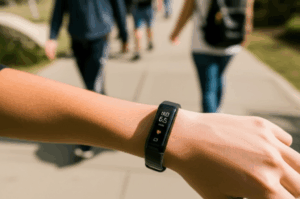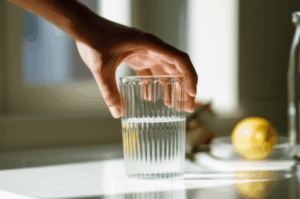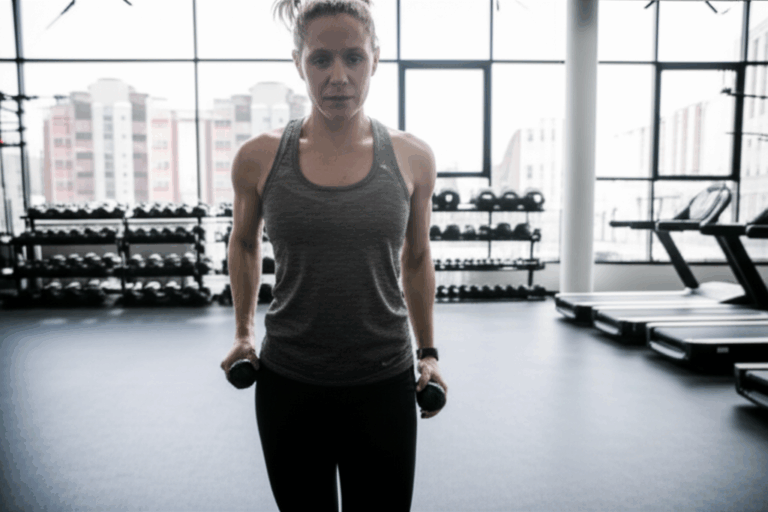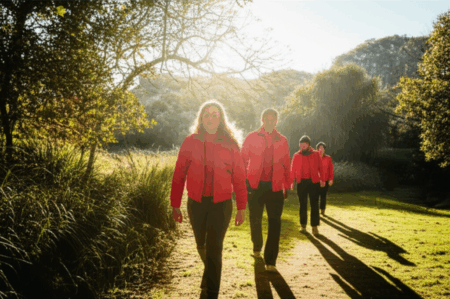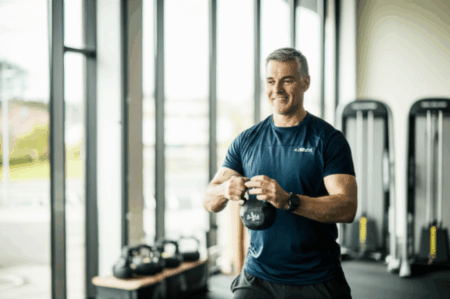For years, the phrase “getting older” felt synonymous with “getting weaker.” At 60, a routine bone density scan delivered a diagnosis I’d come to dread: osteopenia. It was a wake-up call, a stark reminder that my bones were thinning, putting me at increased risk for osteoporosis and fractures. I wasn’t ready to accept a future defined by fragility. Instead, I decided to fight back, and at 63, I’m now confidently performing box jumps and deadlifts – exercises I once thought were only for the young or elite. This is how I did it.
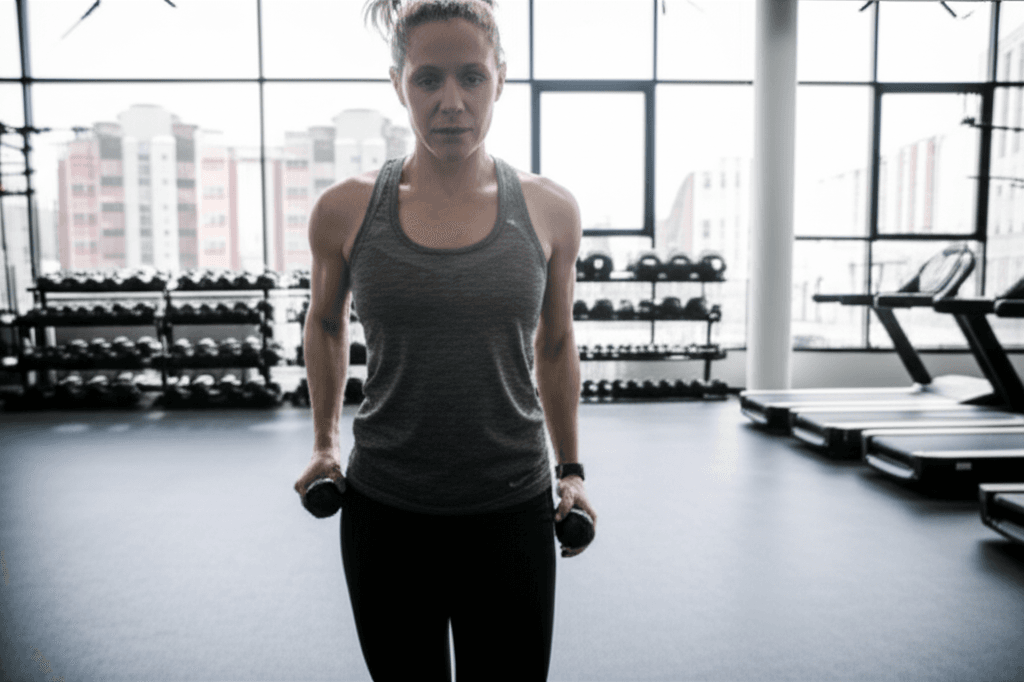
Understanding Osteopenia and Why I Took Action
Osteopenia, a condition where bone mineral density is lower than normal but not yet at the level of osteoporosis, is a common precursor to more severe bone loss. While often associated with aging, especially in women after menopause due to estrogen fluctuations, factors like nutrition, lifestyle, and even family history can play a role. My diagnosis meant my bones, particularly in my hips and spine, were losing mass. Without intervention, this would likely progress to osteoporosis, increasing my risk of serious fractures.
The conventional advice often includes calcium and vitamin D supplements, but I knew I needed a more proactive approach. Research consistently shows that exercise, particularly weight-bearing and strength training, is crucial for preserving and even improving bone density. It was clear that merely “being active” wouldn’t suffice; I needed a targeted, progressive routine to challenge my bones and muscles effectively.
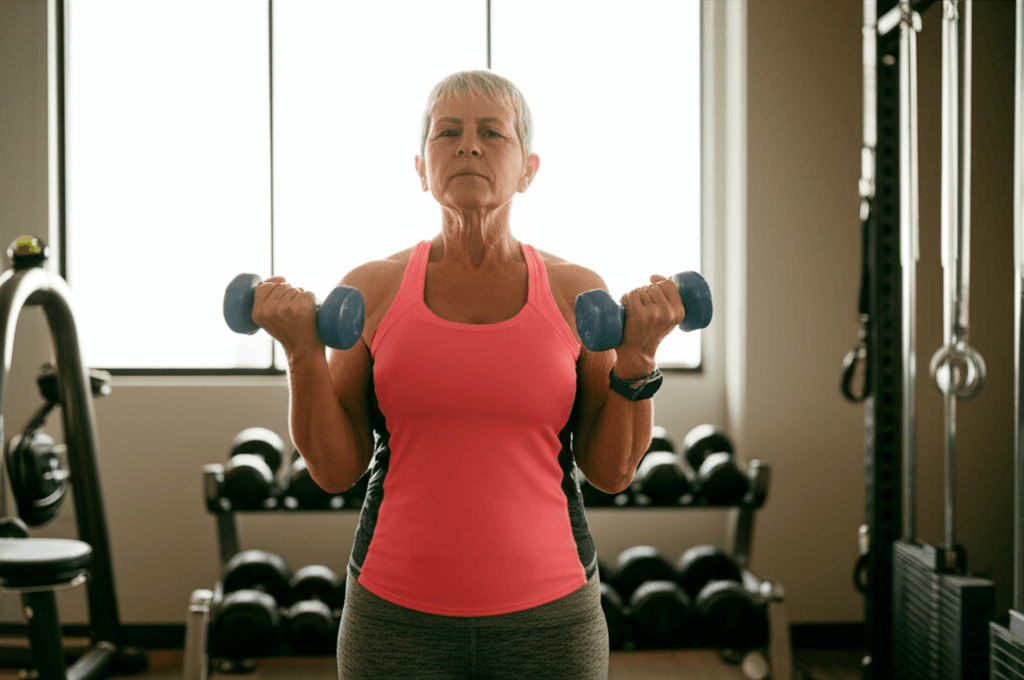
My Transformative Journey: From Hesitation to Heavy Lifting
The idea of high-impact exercises like box jumps or heavy deadlifts felt intimidating, even dangerous, with osteopenia. Many people are told to avoid such movements with bone density issues. However, with careful research and consultation, I learned that under proper guidance and with progressive overload, these very exercises could be the most beneficial. The key was to start slow, prioritize form, and gradually increase intensity.
My journey wasn’t about overnight miracles. It was about consistency, patience, and listening to my body while pushing its boundaries strategically. I sought out resources that emphasized safe and effective strength training for bone health, recognizing that “bones and muscles get stronger when exercises are challenging”.

My Exact Training Routine: Building Bone and Power
My weekly routine now incorporates a blend of heavy strength training and plyometrics, performed 3-4 days a week, with rest days in between to allow for recovery and bone adaptation.
Core Principles of My Routine:
- Progressive Overload: Consistently increasing the challenge (weight, reps, sets, or height) to stimulate ongoing bone and muscle growth.
- Proper Form: Absolute priority to prevent injury, especially with compound movements like deadlifts and squats.
- Compound Movements: Focusing on exercises that engage multiple muscle groups and put significant load on key bone areas like the hips and spine.
- Plyometrics: Incorporating controlled jumping movements to stimulate bone formation through impact.
Weekly Breakdown:
Day 1: Lower Body Strength & Power
- Warm-up (10 minutes): Light cardio (elliptical or brisk walking), dynamic stretches like leg swings, hip circles, and torso twists.
- Deadlifts (Barbell or Trap Bar):
- Sets: 3-4
- Reps: 5-8 (focus on challenging weight with excellent form)
- Progression: Started with Romanian deadlifts using light dumbbells to master the hip hinge, then progressed to heavier dumbbells, and eventually to a barbell, increasing weight gradually. Deadlifts are excellent for increasing bone mineral density in the hip and lower back.
- Box Jumps:
- Sets: 3-4
- Reps: 3-5 (focus on explosive movement and soft landing)
- Progression: Began with step-ups onto a very low box, then progressed to squat jumps without a box, and finally low box jumps, increasing height as power and confidence improved. Box jumps are high-impact and stimulate new bone tissue, especially in the lumbar spine.
- Squats (Barbell Back Squat or Goblet Squat):
- Sets: 3
- Reps: 8-12
- Progression: Started with bodyweight squats, then goblet squats with a kettlebell, ensuring depth and maintaining an upright torso.
- Glute Bridges/Hip Thrusts:
- Sets: 3
- Reps: 10-15
- Cool-down (5-10 minutes): Static stretches for hamstrings, quads, and glutes.
Day 2: Upper Body & Core Strength
- Warm-up (10 minutes): Light cardio, arm circles, resistance band pull-aparts.
- Overhead Press (Dumbbell or Barbell):
- Sets: 3
- Reps: 8-12 (initially seated, then standing as core strength improved)
- Bent-Over Rows (Dumbbell or Barbell):
- Sets: 3
- Reps: 8-12 (focus on engaging back muscles, not just arms)
- Push-ups:
- Sets: 3
- Reps: As many as possible (started on knees, progressed to full push-ups, then elevated feet).
- Plank:
- Sets: 3
- Hold: 30-60 seconds
- Farmer’s Carry:
- Sets: 3
- Distance: 30-50 feet (holding heavy dumbbells in each hand to challenge grip and core)
- Cool-down (5-10 minutes): Static stretches for chest, shoulders, and back.
Day 3: Full Body & Active Recovery (Optional)
- Warm-up (5 minutes): Dynamic movements.
- Circuit Training (2-3 rounds, 10-12 reps per exercise):
- Walking Lunges (bodyweight or light dumbbells).
- Kettlebell Swings (focus on hip hinge, not squat)
- Wall Sits
- Resistance Band Lateral Walks
- Bird-dog
- Balance Exercises: Single-leg stands, heel-to-toe walking (performed daily or on active recovery days).
- Cool-down (5 minutes): Gentle stretching.
Important Considerations:
- Listen to Your Body: Some days I felt stronger, some days I needed to scale back. Rest is as crucial as the workout itself.
- Professional Guidance: While I built this routine based on extensive research, consulting with a physical therapist or certified personal trainer experienced in working with individuals with osteopenia or osteoporosis is highly recommended. They can ensure proper form and safe progression.
- Nutrition: Alongside exercise, I focused on a diet rich in calcium, vitamin D, and protein, essential for bone health.
- Consistency is Key: Bone remodeling is a slow process. Visible improvements in bone density take time and consistent effort, often months or even years.

The Results: Beyond Bone Density
My most recent DEXA scan showed significant improvement, pushing my bone density out of the osteopenia range in several areas. While the numbers were incredibly validating, the transformation extended far beyond that. I gained functional strength that translated into everyday life, improved balance, and a renewed sense of confidence. I no longer live with the fear of fragility; instead, I feel robust and capable.
At 63, doing box jumps and deadlifts isn’t just about the exercises themselves; it’s a testament to the body’s incredible ability to adapt and grow, regardless of age, when given the right stimulus. It’s proof that with informed action and persistent effort, you can rewrite your health story.

